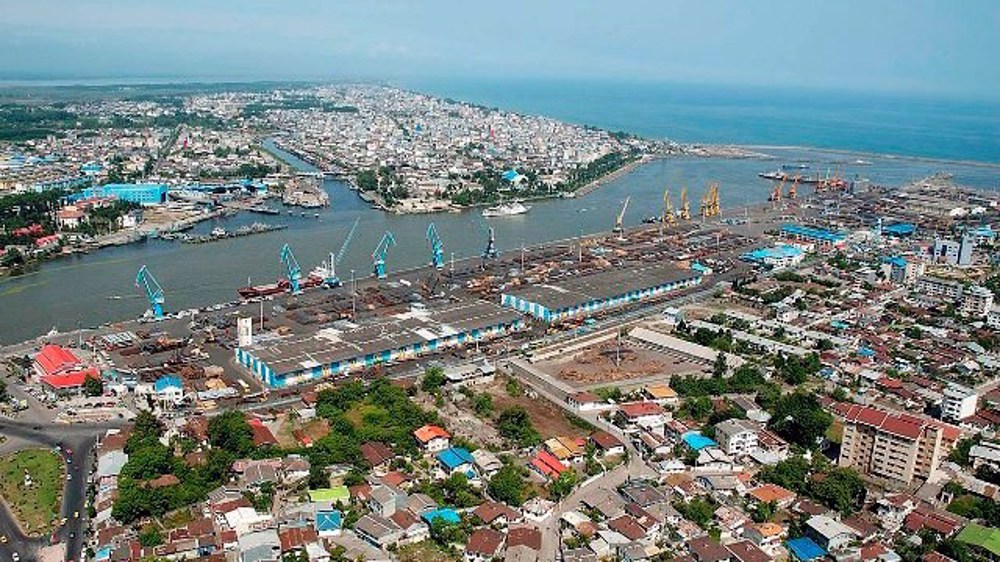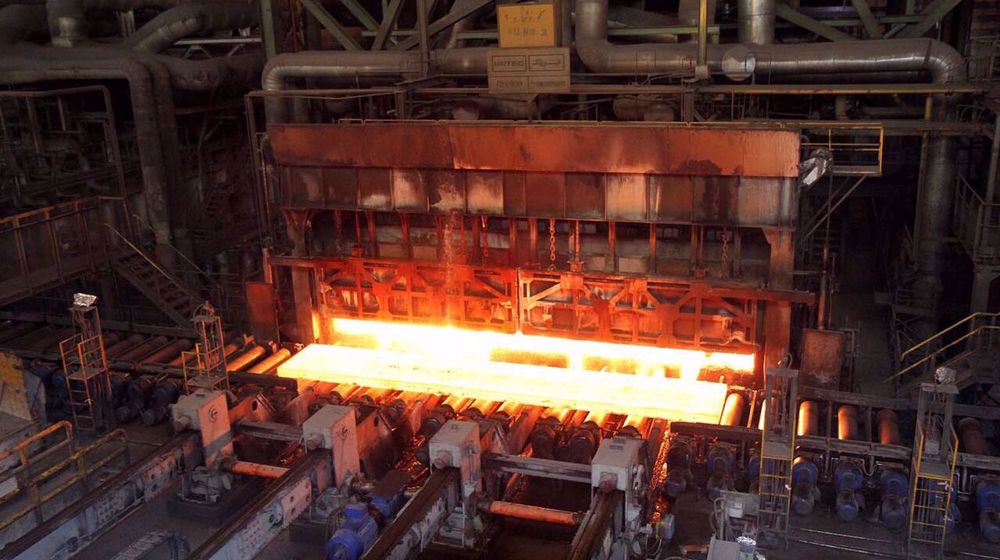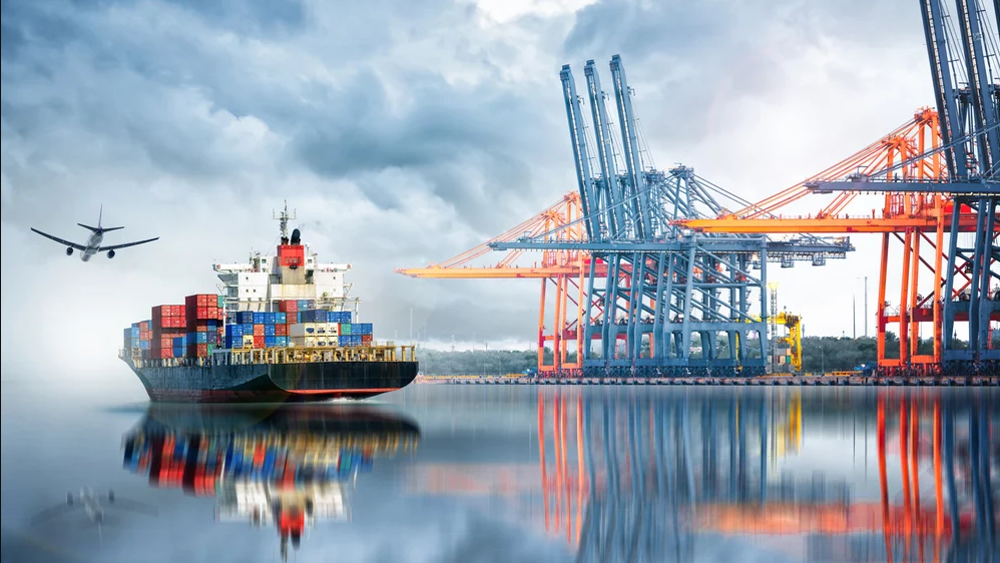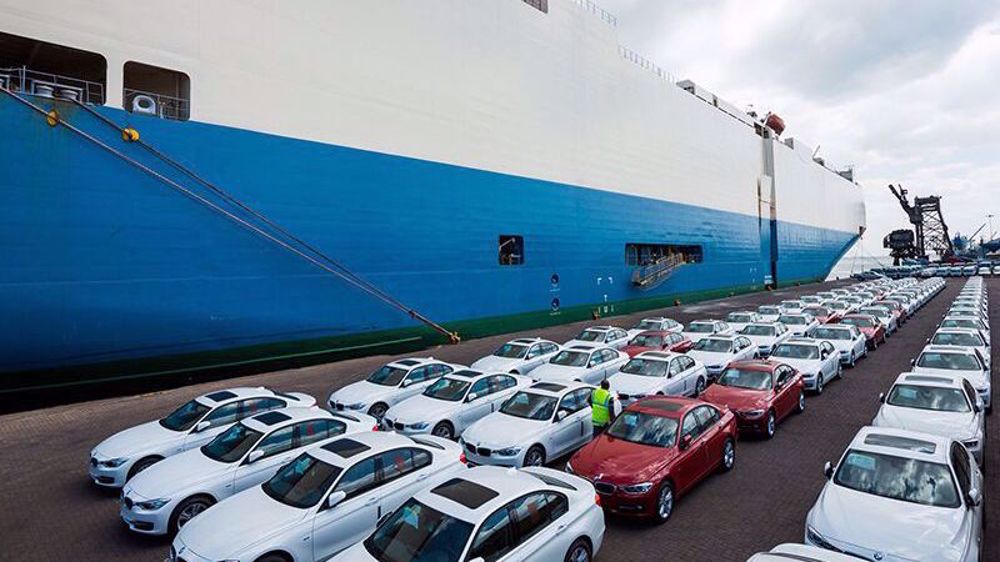What to expect from Iran, Russia linking of banking systems
The official operation of interbank communication and transfer systems established between Iran and Russia marks a milestone in economic cooperation between the two nations.
Since the 2018 reimposition of US sanctions on Iran and Western sanctions on Russia more than a decade ago, Moscow and Tehran have been working to strengthen their banking system.
The first phase of linking Iran’s Shetab to Russia’s Mir payment network was launched on Monday, allowing Iranian travelers to withdraw rubles from Russian ATMs, simplifying financial transactions.
A footage circulated on social media showed a user successfully dispensing cash from an ATM in Moscow with an Iranian bank card.
Russian travelers will be allowed to use Iranian ATMs in the second phase, expected to become operational by the end of the year and in the third phase, Iranian tourists will be permitted to use their Shetab-linked cards for purchases in Russia.
Last year, the Islamic Republic announced that it had started accepting payments made with Russia's Mir bank cards, making it the latest country to adopt the Russian-made alternative to Visa and Mastercard.
Mir cards already work in popular tourist destinations Turkey and Vietnam and some former Soviet republics, as well as South Korea and Cuba.
Banking restrictions due to sanctions have made many interbank exchanges between Iran and other countries impossible, affecting important aspects of economy from export and import to tourism.
US and European sanctions have blocked access to key parts of the global financial infrastructure, prompting Iran and Russia to work toward creating a rival to the SWIFT payments messaging service that underpins cross-border payments across the global economy.
While the immediate consequence of the move is facilitation of economic relations, the most important upshot is de-dollarization - a spreading global economic trend where countries are gradually reducing their reliance on the US dollar.
The move by Russia and Iran is a watershed in complete removal of the dollar from global exchanges as a reference currency, which would deprive the Untied States of using sanctions as a weapon against other countries. However, this will not occur overnight and may require more countries to join the fray.
For the time being what is important is that the establishment of interbank connection between Iran and Russia - both vast countries viewed among the emerging economies of the world - is a big achievement for the Islamic Republic which is working to revive and repair its financial links with the world.
A look at the volume of economic exchanges between the two countries will help to better understand what the new arrangement has got to offer.
According to the customs data, Iran exported $494 million of goods to Russia in the first half of the Persian year which began in March, while it imported $797 million of commodities from the country. Although the figures may seem not impressive for the countries of the size and population of Iran and Russia, they were achieved amid banking constraints for transactions.
The implementation of the next phases of banking integration will certainly facilitate broader relationship and trade between the two countries.
The project is also a successful model of using and expanding local infrastructure in international interactions, indicating that by relying on domestic capabilities and using advanced local infrastructure, we can leverage international interactions for de-dollarization and immunity to sanctions.
By connecting their national payment networks, Iran and Russia have in fact removed their banking boundaries and opened a new chapter in their economic and cultural cooperation.
Transit issues are another obstacle to the development of economic and trade relations, which the two countries are expected to tackle next through bringing the International North-South Transport Corridor to operation.
The 7,200-kilometer INSTC integrates a network of rail, ship and road routes to facilitate freight movement across India, Iran, Azerbaijan, Russia, Central Asia, and Europe. It forms a vital link between the Indian Ocean, Persian Gulf, Caspian Sea, and Baltic Sea.
Russia and Iran are building a new transcontinental trade route that is beyond the reach of any foreign intervention.
The new 3,000–kilometer passage stretches from the eastern edge of Europe to the Indian Ocean, along rivers and railways that are linked by the Caspian Sea. The goal is to shield commercial links from Western interference and build new ones with the giant and fast–growing economies of Asia.
Press TV’s website can also be accessed at the following alternate addresses:








 This makes it easy to access the Press TV website
This makes it easy to access the Press TV website